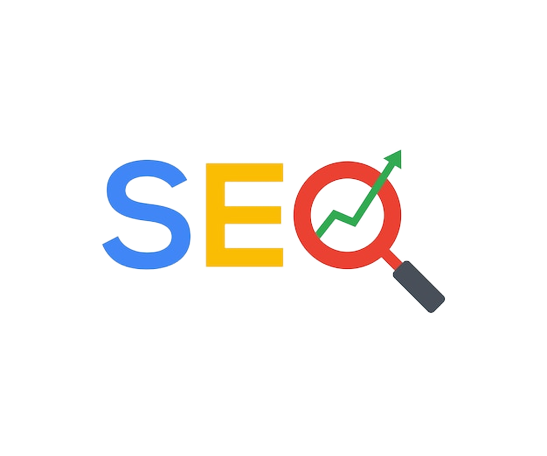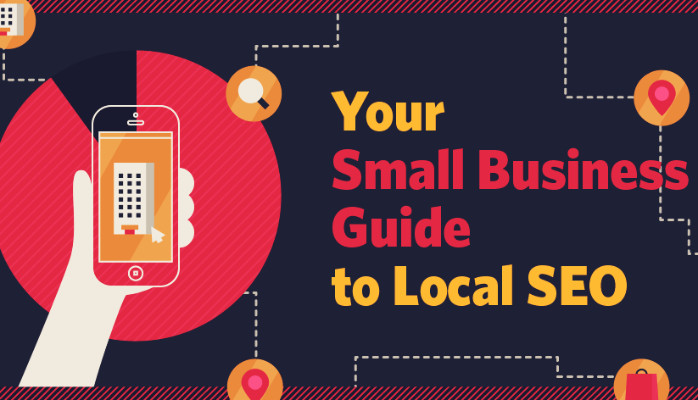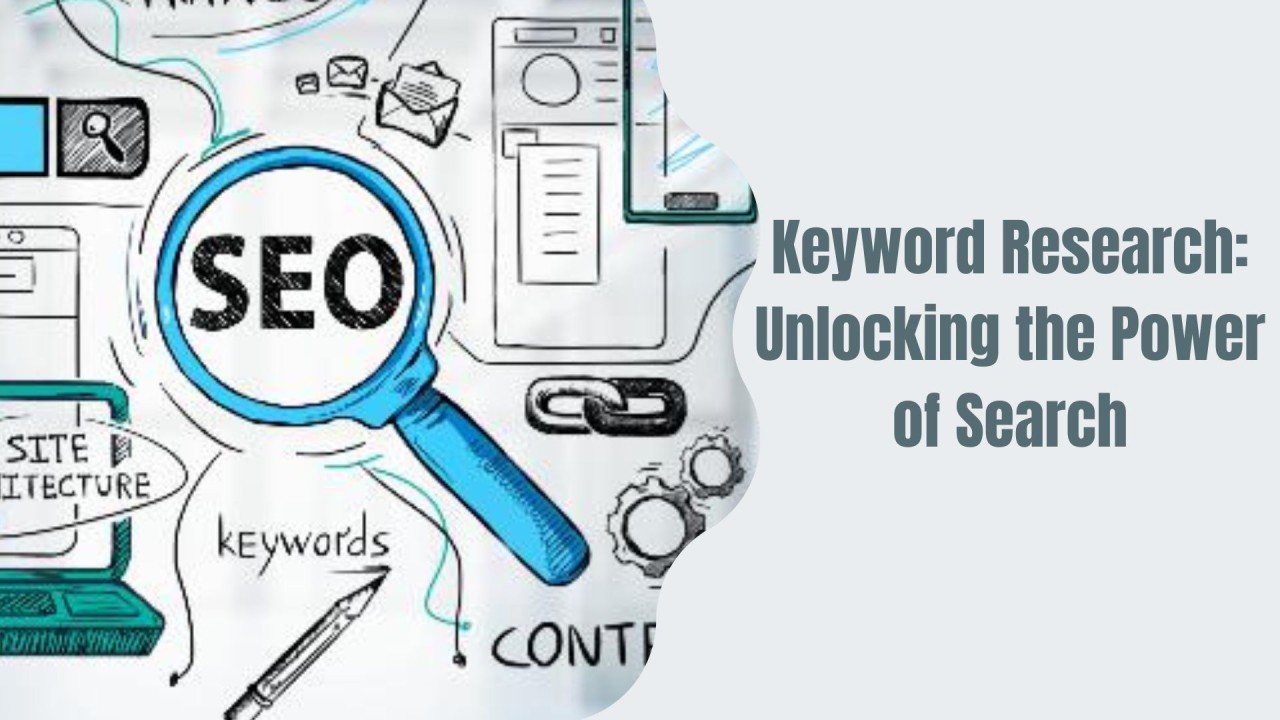When it comes to optimizing websites for search engines, not all SEO strategies are created equal. E-commerce SEO and Traditional SEO both aim to increase organic traffic and boost visibility on search engines, but they differ in approach, tactics, and goals.
In this article, we’ll break down the key differences between the two and highlight how each can impact your website’s success.
What is E-commerce SEO?
E-commerce SEO focuses specifically on optimizing online stores to increase organic traffic and drive sales. The goal is to make sure that product pages, categories, and other e-commerce-specific pages rank highly on search engine results pages (SERPs).
For example, an e-commerce store selling shoes might want to rank for keywords like “buy running shoes online” or “best women’s sneakers.” SEO for e-commerce goes beyond optimizing for search intent—it also needs to focus on conversion rate optimization (CRO) to ensure that site visitors turn into paying customers.
What is Traditional SEO?
Traditional SEO applies to all kinds of websites that aren’t necessarily focused on e-commerce. It involves optimizing content-driven sites, service-based websites, blogs, and informational sites to rank for relevant keywords. The focus is on improving visibility, increasing traffic, and generating leads, often through content marketing, backlinks, and technical SEO.
For instance, a local plumbing company would use traditional SEO to rank for keywords like “plumbing services near me” or “emergency plumber.” The primary goal is to gain visibility, get more clients, and build authority.
Key Differences Between E-commerce SEO and Traditional SEO
While both forms of SEO share common goals—improving rankings, increasing traffic, and building credibility—the tactics and focus areas differ significantly between e-commerce and traditional websites.
1. Focus on Product Pages vs Content Pages
- E-commerce SEO: The primary focus is on product pages. These pages need to be optimized for transactional keywords that indicate purchase intent, such as “buy,” “order,” “shop,” or specific product names (e.g., “buy organic coffee beans”). The optimization efforts are geared towards improving the product page’s ranking and boosting conversions.
- Traditional SEO: This involves optimizing content pages such as blogs, service pages, and informational resources. The focus is more on educational, informational, or service-related keywords (e.g., “how to fix a leaky faucet” or “best fitness routines”). These pages are designed to inform and engage, often leading to indirect conversions, like getting leads or subscribers.
Key Takeaway: E-commerce SEO is more transactional, focusing on driving direct sales through product pages, while traditional SEO is often more educational or service-driven.
2. Long-Tail vs Short-Tail Keywords
- E-commerce SEO: E-commerce websites often target long-tail keywords. These are highly specific phrases that may have lower search volume but higher purchase intent, such as “best waterproof hiking boots for men” or “organic skincare products for sensitive skin.” Long-tail keywords are crucial for e-commerce because they attract customers who are ready to make a purchase.
- Traditional SEO: Traditional SEO strategies can focus on both short-tail and long-tail keywords. Short-tail keywords like “plumbing services” or “best fitness apps” have high search volumes but lower conversion rates. Traditional SEO often uses a mix of keywords to drive both broad visibility and more niche traffic.
Key Takeaway: E-commerce SEO typically focuses more on long-tail, transactional keywords, while traditional SEO balances between short and long-tail keywords to capture a wide range of search queries.
3. Optimizing for Conversion vs Engagement
- E-commerce SEO: The ultimate goal is to convert visitors into customers. Conversion rate optimization (CRO) is essential in e-commerce SEO. Product descriptions, high-quality images, user reviews, and clear calls to action (CTAs) are crucial for encouraging visitors to make a purchase. Each product page must also be optimized for mobile users since mobile commerce (m-commerce) is rapidly growing.
- Traditional SEO: The focus is often on engagement and lead generation rather than direct sales. Content-driven sites aim to keep users on the page for longer, encourage social shares, and capture leads through forms, newsletters, or gated content (e.g., eBooks, guides).
Key Takeaway: E-commerce SEO emphasizes immediate conversion (sales), whereas traditional SEO focuses more on building engagement and trust to generate leads over time.
4. Site Structure and Navigation
- E-commerce SEO: Website structure is a crucial part of e-commerce SEO. Large e-commerce sites often have hundreds or thousands of product pages, so optimizing site architecture is essential for crawlability and user experience. Category pages, product pages, filters, and breadcrumbs must be well-optimized to help both users and search engines navigate the site easily.
- Traditional SEO: The site structure in traditional SEO tends to be simpler. Blogs and service pages usually have fewer categories, making navigation easier to manage. The focus is more on having well-structured, easy-to-navigate content silos that guide users through the website.
Key Takeaway: E-commerce sites need a complex, hierarchical site structure to handle large volumes of product pages, while traditional SEO typically deals with simpler, content-driven site structures.
5. Technical SEO: Speed and Mobile Optimization
- E-commerce SEO: Page speed and mobile optimization are critical in e-commerce SEO. A fast-loading website reduces bounce rates and improves the overall shopping experience. As mobile shopping continues to grow, e-commerce sites need to focus on mobile-first indexing and optimizing for mobile users. Slow websites lead to abandoned carts, which can significantly impact sales.
- Traditional SEO: While speed and mobile optimization are important for traditional SEO as well, they may not have the same immediate impact on sales. A slow blog, for instance, might lead to higher bounce rates, but it won’t necessarily lead to abandoned transactions like on an e-commerce site.
Key Takeaway: Speed and mobile optimization are critical for both, but slow load times have a more direct impact on e-commerce businesses due to cart abandonment and lost sales.
6. Content Strategy
- E-commerce SEO: Content in e-commerce SEO focuses more on product descriptions, category pages, and reviews. Product descriptions need to be optimized for keywords, but they must also be persuasive and helpful to encourage purchases. E-commerce content also includes blog posts to capture long-tail keywords and educate potential customers on how to use products.
- Traditional SEO: Content plays a huge role in traditional SEO, where blogs, guides, and informational articles are the cornerstone of driving organic traffic. The content strategy is aimed at answering questions, solving problems, and providing value, which helps improve search rankings and build authority.
Key Takeaway: E-commerce SEO content is highly transactional and focuses on convincing users to buy, while traditional SEO content is educational and aims to solve problems or answer questions.
Similarities Between E-commerce and Traditional SEO
Despite their differences, e-commerce SEO and traditional SEO share some core principles:
- Backlinks: Both types of SEO benefit from a strong backlink profile. High-quality backlinks from authoritative sites signal trust and improve rankings.
- User Experience (UX): Both e-commerce and traditional SEO rely on offering a great user experience. A clean, easy-to-navigate site with intuitive design will always perform better in search results.
- Analytics and Tracking: Whether it’s e-commerce or traditional SEO, tracking key metrics like traffic, rankings, and user behavior through tools like Google Analytics and Google Search Console is essential to optimizing performance.
Conclusion: Which SEO Approach is Right for You?
The answer depends on your business model. E-commerce SEO is focused on optimizing product pages, improving conversion rates, and driving direct sales.
On the other hand, Traditional SEO focuses on generating leads, building authority, and engaging users through valuable content.
If you run an online store, e-commerce SEO is the way to go, with a strong focus on product optimization, site speed, and user reviews. For service-based businesses or content websites, traditional SEO may be more appropriate, with a focus on informative content, lead generation, and authority building.
Regardless of your business type, understanding the differences between these two SEO strategies will help you implement the best practices for long-term success.




